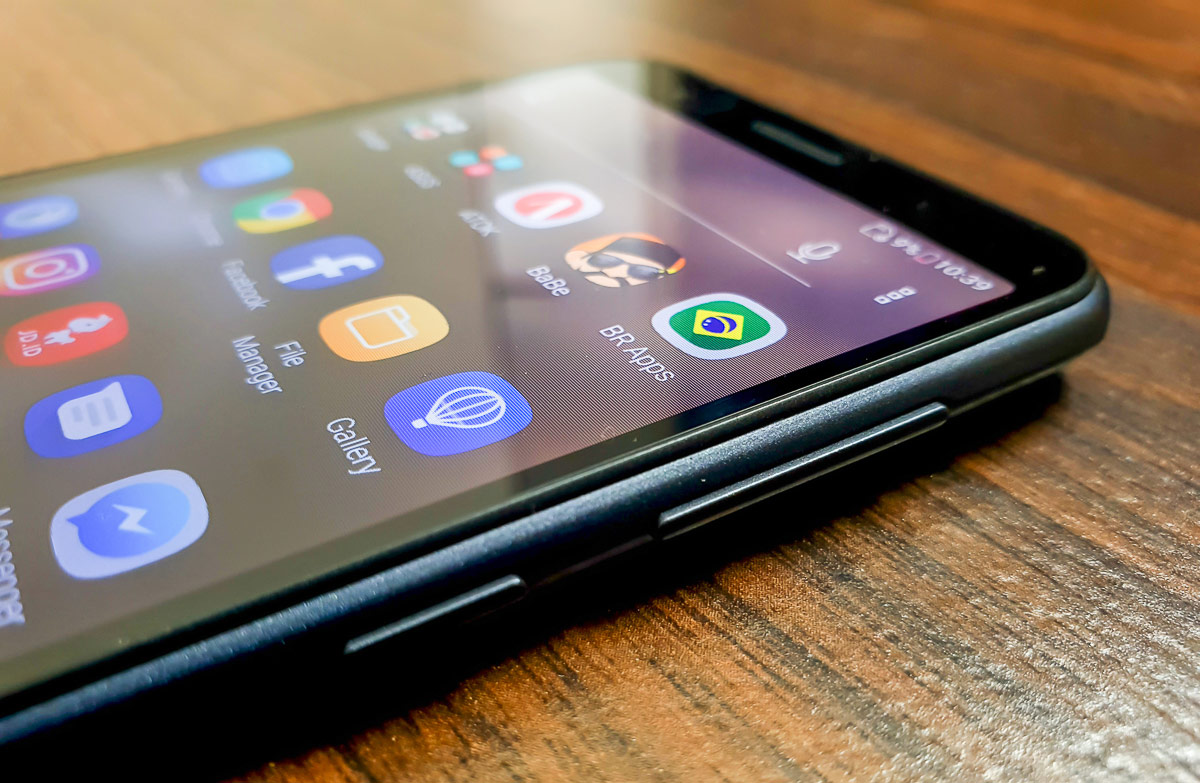Asus has taken an aggressive stance in 2018 starting with the Zenfone Max M1 Pro (review) followed by aggressively-priced Zenfone 5Z (review). Now, Asus has decided to turn the heat on in sub 10K segment in India as it has launched two new competitive smartphones – the ZenFone Max M1 and ZenFone Lite L1 – priced at Rs 7,499 and Rs 5,999, respectively. Which is to say, the Taiwanese brand is once again challenging the virtual status quo where Xiaomi seems to be dominating the entry-level segment.
Things get more interesting in the under Rs 6,000 segment, as the Redmi 6A now has a direct challenger in the Zenfone Lite L1. But is it better than Redmi 6A? Let’s discuss.
Asus Zenfone Lite L1 Specifications
| Model | Zenfone Lite L1 |
| Display | 5.45-inch 18:9 HD+ IPS display |
| Processor | Snapdragon™ 430 Mobile Platform with 64-bit Octa-core Processor |
| RAM | 2GB |
| Internal Storage | 16GB (expandable up to 256GB) |
| Software | AndroOreo-based ZenUI 5 |
| Primary Camera | 13MP (f/2.0)phase-detection autofocus, LED flash |
| Secondary Camera | 5MP (f/2.4) selfie camera with soft light LED flash |
| Fingerprint sensor | NA |
| Battery | 3000 mAh |
| Price | Rs.6,999 Rs. 5,999/- |
What’s In the Box:
- Handset
- Wall Charger
- Data Cable
- User guide
- Sim tray ejector pin
Design and Built
Asus’ budget kid makes a sort of positive impression with its clean aesthetic. It is handy and feels light like a feather. The phone is primarily made of polycarbonate which has been given a metallic finish and looks quite premium. Thankfully, unlike the competition, the back panel is neat and in one layer on the Zenfone Max Lite L1.
There is a sizeable amount of bezel on the front (both at the top and bottom), still, the phone doesn’t look odd. The phone has a volume rocker, a power button, and a triple slot for dual sims and microSD card all on the right edge. Asus has placed a 3.5mm audio jack on the top while micro-USB port along with speaker grills can be spotted on the bottom. The rear camera protrudes a little but should be evened out with a case.
Overall, the Asus hasn’t really tried to lure with aesthetics and has instead opted for a more functional design which I don’t mind as it serves the purpose well.
ALSO READ: Xiaomi Redmi 6 Review – Not Much Of An Upgrade
Hardware
Asus seems to have developed this device with a clear objective as it hasn’t cut corners with basic hardware to include that notch or fingerprint sensor. The new entry-level phone features a 5.45-inch IPS display. In line with the modern trend, it has 18:9 aspect ratio with HD+ resolution (1440×720 pixels).
Where it gets some additional brownie points is the chipset. Being a phone that is priced under Rs 6,000 Asus managed to pack a Qualcomm Snapdragon 430 SoC octa-core CPU. Instead of offering it in multiple variants, Asus only ships one configuration i.e 2GB RAM, 16GB internal storage with dedicated microSD card slot that supports expansion up to 256GB.
Optics wise, it features a 13-megapixel camera sensor on the back with f/2.0 aperture, phase-detection autofocus system, and an LED flash. Up front, there is a 5-megapixel selfie camera with f/2.2 aperture and LED flash unit. Till the time of publishing this article, we haven’t got the opportunity to test the cameras out therefore, we will reserve our verdict till we are done with the full review.
Software
Like its other sibling, Lite L1 too comes running on Android 8 Oreo with Asus’ own Zen 5.0 UI layered on top. Even though it is running the latest security patch, we expect at least Android 8.1 on new phones from brands like Asus.
In our limited time with the device, it appears that Asus made some cosmetic refinements in its interface. The new version has cut back on surplus features and is now quite close to stock Android in essence. Asus has compensated the missing fingerprint sensor with face unlock which works well in daylight but struggles at night. Another thing that we noticed is the presence of bloatware on the device which is not there in the Max M1.
ALSO READ: Realme C1 Vs Redmi 6A – Crown For The Best Phone Under 7K Belongs To?
Asus Zenfone Max Lite L1: First Impressions
Judging a budget device can be tricky at times as the value for money is the most important factor, and all minor flaws seem forgivable for the price. If specs on paper and initial hands-on feel is anything to go by Asus has managed to do well enough.
It seems to be a good challenger to the Xiaomi Redmi 6A as the ZenUI is comparatively less demanding and doesn’t serve you ads. It is worth mentioning though that like most devices in this price segment you will notice a few micro stutters if you are switching from a more premium device. That being said, we reserve our verdict on the phone till we have a had a chance to test it extensively in our full review.
